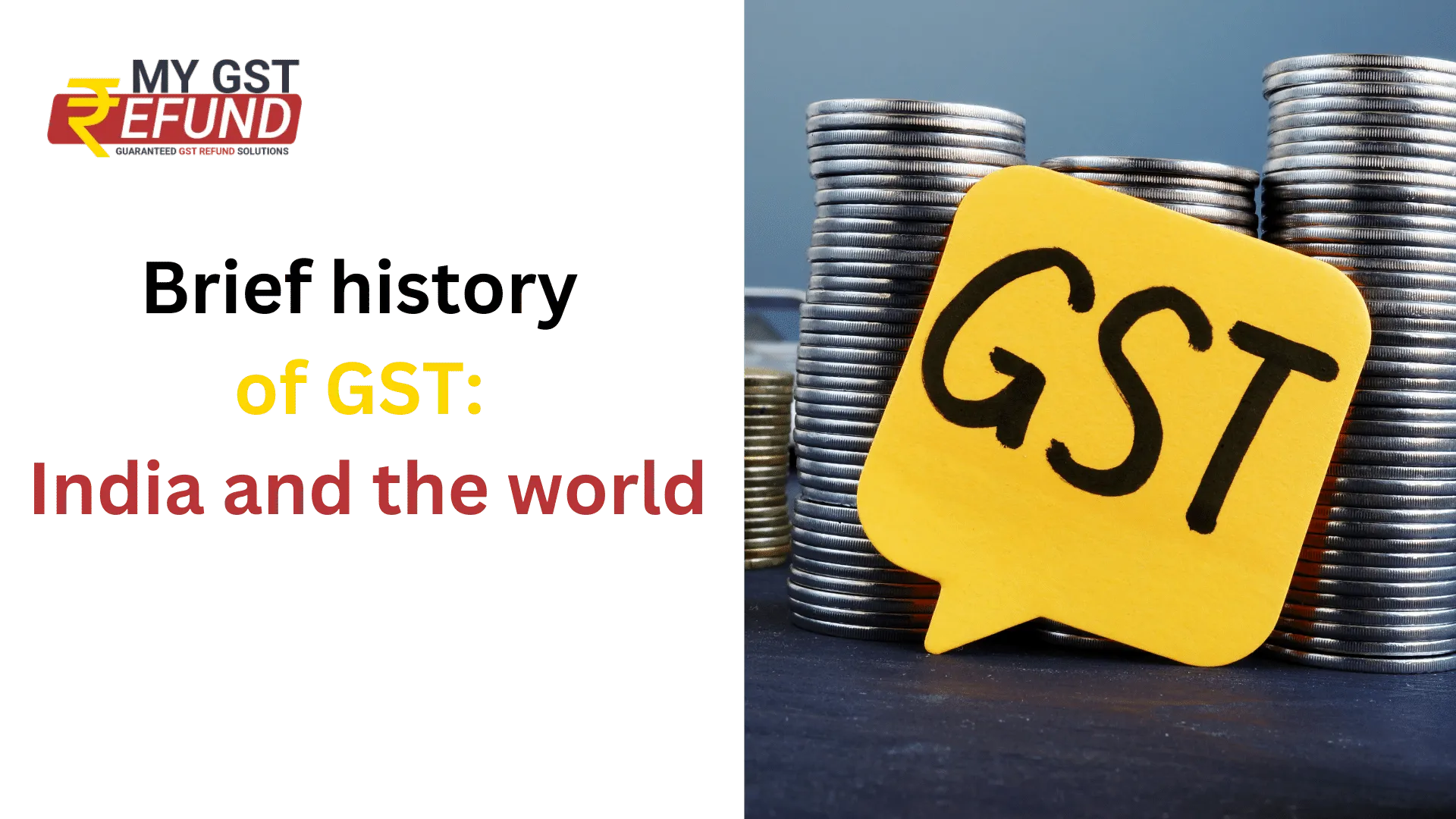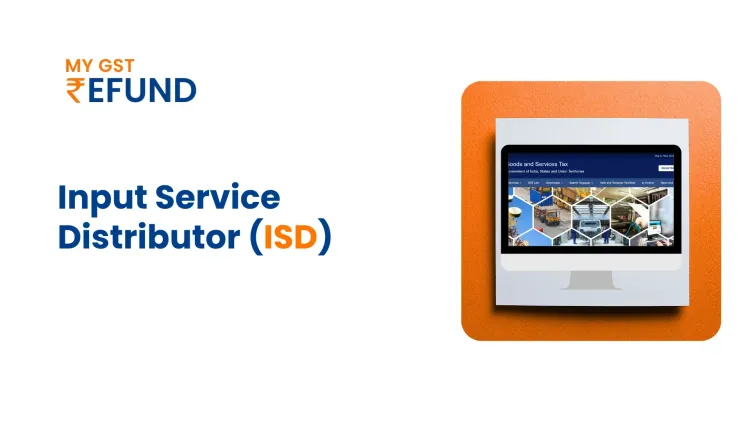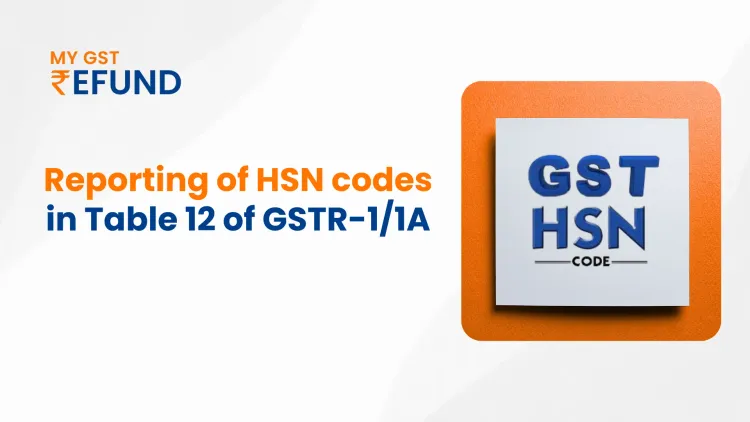Brief history of GST:India and the world
Published on: Wed Apr 03 2024
Bio (Reveal/Hide)

Brief history of GST
The Goods and Services Tax (GST) has been a landmark reform in the Indian economy, aiming to streamline the indirect tax structure. The concept of GST, though originating from a singular vision of streamlining indirect taxation, has blossomed into a diverse bouquet of implementations across the globe. Each nation tailors the GST framework to its unique economic structure and policy priorities.
History of GST: Global Journey and Indian Context
The concept of GST has a rich global history, dating back to 1954, when France became the first country to adopt a Value-added tax (VAT) system, a precursor to GST. Over 160 countries have since embraced GST, recognizing its potential to simplify tax administration and boost economic activity.
India's GST story began in the early 2000s. The Kelkar Task Force on Indirect Taxes, set up in 2000, first proposed a nationwide GST to replace the complex and fragmented tax system prevalent at the time. This system involved multiple indirect taxes levied by both the Central and State governments, leading to cascading effects (tax on tax) and hindering economic efficiency.
The idea gained momentum over the next decade, with the Empowered Committee of State Finance Ministers working on the design and roadmap. The first discussion paper outlining the proposed GST regime was released in 2009.
However, the journey wasn't without challenges. Reaching a consensus between the Central and State governments, particularly regarding revenue sharing and compensation mechanisms, took several years. Finally, after extensive deliberations, the Constitution (122nd Amendment) Bill was passed in 2016, paving the way for GST implementation on July 1, 2017.
GST and Centre-State Financial Relations
India's federal structure necessitates a clear division of tax powers between the Central and State governments. GST ushered in a new era of cooperative federalism, requiring both levels to work together seamlessly for its effective implementation.
Here's a breakdown of GST and its impact on center-state financial relations:
Revenue Sharing Mechanism: A Goods and Services Tax Council (GST Council), comprising representatives from the Central and State governments, was formed to make crucial decisions regarding tax rates, exemptions, and dispute resolution. The Council also determines a compensation mechanism to ensure states don't experience revenue losses due to GST implementation for a transitional period.
Dual GST Model: India adopted a dual GST model, with a Central GST (CGST) levied on the supply of goods and services within a State and a State GST (SGST) levied by the respective State governments. Additionally, an Integrated GST (IGST) is levied on interstate transactions. This division ensures both the central and state governments have a stake in the success of GST.
Impact: While there were initial concerns about potential revenue shortfalls for states, GST has fostered greater cooperation and transparency in Centre-State financial relations. The GST Council acts as a platform for ongoing dialogue and ensures a balanced approach to revenue generation and sharing.
Salient Features of GST
GST boasts several key features that differentiate it from the previous indirect tax regime:
- One Nation, One Tax: GST replaced a multitude of indirect taxes levied by the central and state governments, creating a unified national market. This has simplified tax compliance for businesses and reduced cascading effects, leading to a more efficient flow of goods and services.
- Input Tax Credit Mechanism: Businesses can claim credit for GST paid on their purchases, effectively reducing the tax burden on the final consumer. This mechanism encourages transparency and discourages tax evasion.
- Simplified Tax Administration: GST involves online registration, filing returns, and making tax payments, streamlining the entire tax administration process. This reduces paperwork and compliance costs for businesses.
- Multiple Tax Rates: GST operates on a multi-tier rate structure with different tax rates assigned to various goods and services. This allows the government to balance revenue needs with considerations for essential commodities and specific sectors.
Impact: These features have significantly improved the ease of doing business in India. Businesses, especially small and medium enterprises, benefit from simplified procedures and reduced tax burdens. Additionally, increased transparency promotes a more robust and efficient tax system.
GST India vs. GST in Other Countries: A Comparative Analysis
While the core principles of GST remain consistent across nations, specific features and implementation details may vary. Let's explore how GST functions in some of the world's major economies:
Singapore: Singapore boasts a single-rate GST of 7%, making it one of the simplest GST systems globally. This simplicity attracts businesses and contributes to Singapore's reputation as a business hub.
Canada: Canada has a Harmonized Sales Tax (HST) system, where a federal GST is applied alongside a provincial sales tax in participating provinces. The combined rate varies depending on the province.
Brazil: Brazil employs a complex GST system with multiple tax rates depending on the good or service. Additionally, there are several exemptions, making compliance more cumbersome compared to India's system.
European Union (EU): The EU operates under a VAT system with a minimum standard rate of 15%, allowing member states to set one or two reduced rates. This variation can create complexities for cross-border trade within the EU.
Key Takeaways from the Comparison
India's GST structure, with its dual model and multi-tier rates, offers a balance between revenue generation and catering to specific sectors.
While Singapore's single-rate system offers simplicity, India's GST provides more flexibility for policy interventions.
Compared to Brazil's complex system, India's GST aims for greater transparency and ease of compliance.
Looking Ahead: The Future of GST in India
Despite its initial success, GST in India is still evolving. Here are some ongoing discussions and potential future developments:
- Rate Rationalization: Streamlining the multi-tier GST rate structure towards a smaller number of slabs is a potential future reform for greater ease of compliance.
- Expanding the GST Base: Bringing currently exempted goods and services under the GST umbrella could further improve tax efficiency and broaden the tax base.
- Technological Advancements: Leveraging technology for data analytics and improved compliance mechanisms can further enhance the effectiveness of GST administration.
GST has been a transformative reform for the Indian economy, fostering a more unified national market and simplifying tax administration. While challenges remain, India's GST journey holds immense potential to contribute to sustained economic growth and development. As the system matures and adapts, it will be crucial to balance revenue needs, and administrative efficiency, and foster a competitive business environment.
You are missing the GST Refund opportunity! Don't miss out on unclaimed GST Refund. Check your eligibility today for free. Click on the link : https://www.mygstrefund.com/know-your-gst-refund/ .
Related Posts






